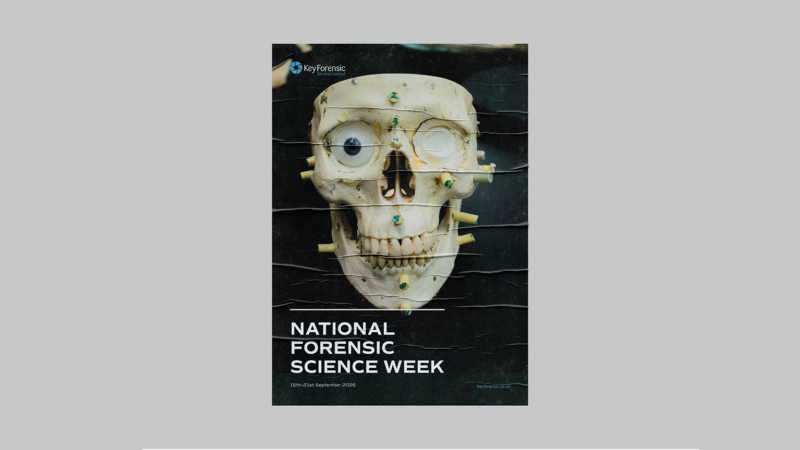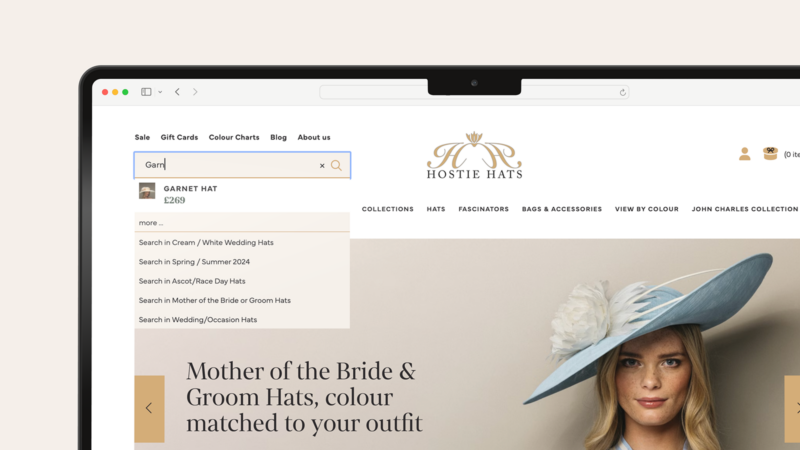
The hybrid model aims to incorporate elements of both the branded house and house of brands models to give each brand maximum advantage, either through endorsement or independence.
Hybrid brand architecture is often the result of acquisitions, whereby the parent brand decides on a case-by-case basis what the most beneficial brand strategy is when it acquires each new brand — either absorb it into the parent brand, retain some element of the existing brand but endorse it with the parent brand or to leave it intact.
Examples of the hybrid brand architecture model include Coca-Cola, Volkswagen and Amazon.
Examples of the hybrid brand architecture model include Coca-Cola, Volkswagen and Amazon. Amazon, in particular, has a host of brands that range from Amazon Prime and Amazon Echo which are very clearly visually signposted as part of the brand to brands such as IMDb and Twitch that have remained mostly intact post-acquisition.
Facebook is also making a transition from a single-platform brand to a hybrid brand that is both the social media platform and the parent company that endorses acquired platforms such as Whatsapp and Instagram. The ‘two facebooks’ having different identities to signify which you are interacting with — either parent or platform.
Hybrid brand strategy advantages
The hybrid architecture approach can present the best of all worlds. The awareness and rapid market penetration that a known brand can lend to either a new offshoot or a smaller acquisition can be very beneficial. But it also allows the flexibility for stand-alone brands where this would be an advantage.
Equally, if a brand that is either neglected or has other difficulties gets brought under the wing of a trusted parent brand, it can help to negate the negative image of the brand that is acquired.
In the case of platforms or services such as Twitch, the ability to make the transition in ownership seamless by leaving the brand intact also helps to retain the brand’s users.
Disadvantages
The additional costs and management time that the house of brands model generates can also apply to the hybrid model, together with some of the inflexibility and ‘risk by association’ of the branded house model.
The other significant disadvantage can be confusion, both from an external and an internal viewpoint. Customers and brand managers can just become lost in a morass of brands at various levels of association and disassociation with the parent brand, not all of which necessarily makes sense if the situation has arisen organically over time and goes without periodical review.
If you want to talk to us about your brand architecture, drop us a line.
Photo by Markus Lompa on Unsplash






